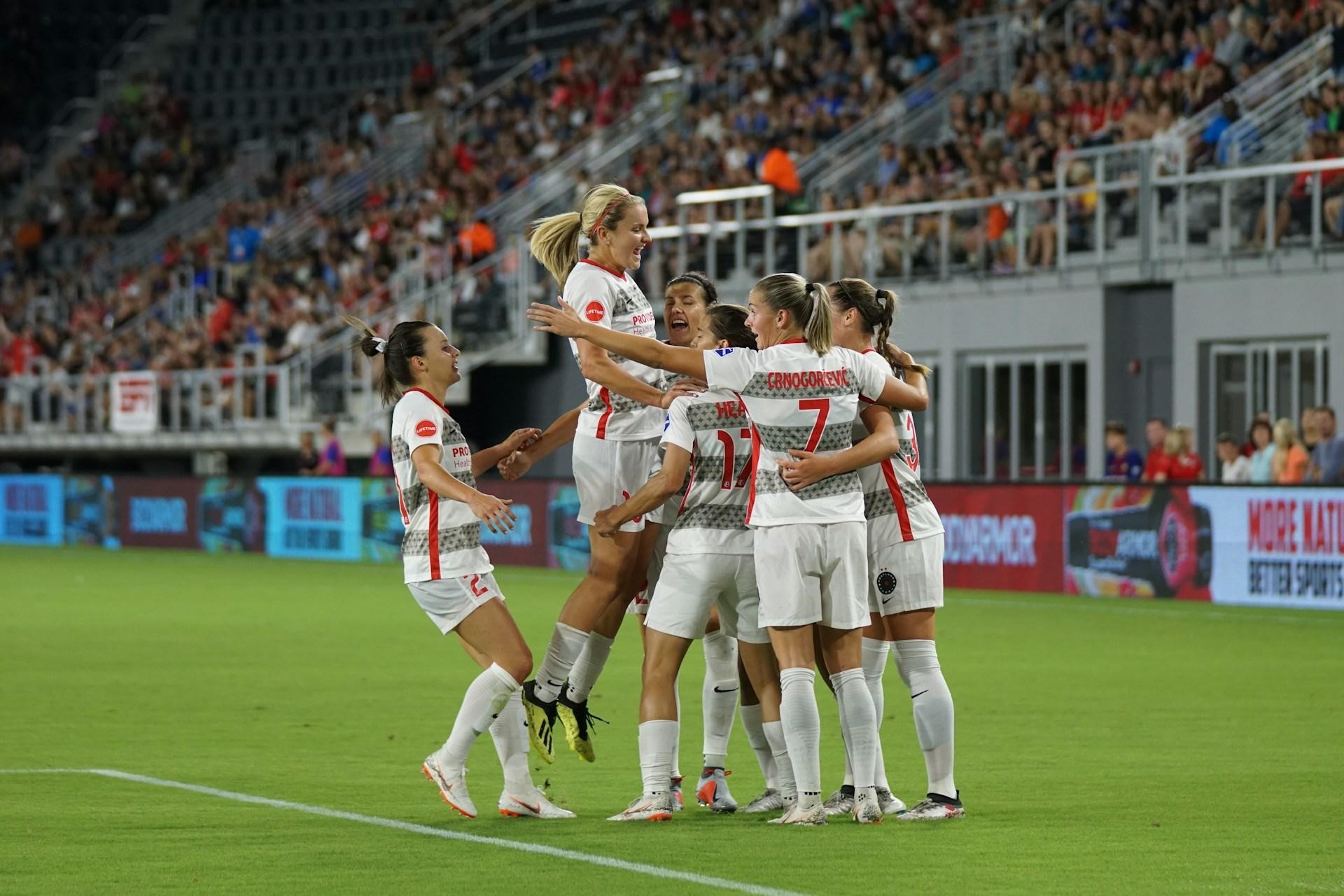UEFA Women’s EURO 2025
The UEFA Women’s EURO 2025, hosted in Switzerland from July 2 to 27, is set to captivate global audiences. Featuring 16 elite national teams across eight scenic Swiss cities, this edition promises electrifying rivalries, emerging stars, and a celebration of women’s football.
Fans can expect dramatic moments from powerhouse matchups like France vs. England to standout performances by players such as Spain’s Aitana Bonmatí or Norway’s Ada Hegerberg.
The tournament isn’t just about prestige, it’s a defining chapter in the sport’s evolution. This article explores the venues, fixtures, and, most importantly, the players and teams likely to shape the narrative of this landmark event in European women’s football.
Switzerland Sets the Stage with World-Class Venues
Switzerland’s eight host cities provide a blend of football heritage and Alpine allure, setting the perfect stage for EURO 2025. Basel’s St. Jakob-Park, the largest stadium with 38,512 seats, will frame both the tournament’s kickoff and final. Bern’s Stadion Wankdorf hosts pivotal matches, including two featuring Spain, while Geneva’s Stade de Genève and Zurich’s Stadion Letzigrund each stage a semifinal.
Smaller venues in Sion, Lucerne, St. Gallen, and Thun ensure a nationwide celebration, with Thun’s 10,000-seat arena opening the tournament.
Star Power: The Midfield Maestros Steering Their Teams
Midfielders often dictate a team’s rhythm, and this year’s tournament boasts a stacked lineup. Spain’s Aitana Bonmatí, a Barcelona standout, leads a midfield with veterans like Alexia Putellas and young prodigy Vicky López. Their control and creativity make Spain a favorite.
England counters with the dynamic Georgia Stanway and the ever-reliable Keira Walsh, while France leans on Grace Geyoro’s drive and Amel Majri’s experience.
In Switzerland’s squad, Lia Wälti (Arsenal) provides both vision and composure. These players don’t just pass the ball, they unlock defenses and tilt the pitch. As possession battles intensify, these midfielders will be critical to setting tempo and dictating outcomes on Europe’s grandest stage.
Goal Machines: Forwards Poised to Light Up the Scoreboard
Spectators crave goals, and this year’s strikers promise fireworks. Spain’s Salma Paralluelo, fresh off stellar club performances, brings pace and power.
England’s Beth Mead and Alessia Russo offer both finesse and finishing instincts. France’s attack features Marie-Antoinette Katoto and Kadidiatou Diani, both known for explosive breakaways.
Norway’s Ada Hegerberg, a Ballon d’Or winner, headlines their forward line alongside Barcelona’s Caroline Graham Hansen. Switzerland’s Alisha Lehmann and Iman Beney blend speed with flair. Meanwhile, Iceland’s Sveindís Jane Jónsdóttir and Sweden’s Stina Blackstenius will aim to disrupt expectations.
These attacking stars are central to shaping not just results, but also the latest women’s soccer odds leading into each matchday. In a tightly packed tournament, a single strike from these players could reshape the entire competition landscape.
Defensive Lines That Could Make or Break Championship Hopes
Defense might not draw headlines, but it wins tournaments. Germany’s backline, although seriously weakened by the devastating injury of Giulia Gwinn, now stands anchored by Kathrin Hendrich, who will have the task of bringing compactness and experience, while England’s Lucy Bronze and Leah Williamson blend physicality with tactical acumen.
Sweden’s Magdalena Eriksson and Linda Sembrant form a battle-hardened pairing, bolstered by club success. Spain’s Olga Carmona and Irene Paredes, both seasoned internationals, bring composure under pressure.
Emerging talents like Norway’s Thea Bjelde and France’s Selma Bacha add pace and tenacity. With 31 matches scheduled, managing fatigue and maintaining a solid back four will be vital.
Group Stage Clashes Worth Marking on the Calendar
The group stage features several can’t-miss encounters. The tournament begins with Switzerland vs. Norway in Basel, a symbolic opening between host nation and a Nordic powerhouse.
Spain faces Portugal in Bern on July 3, reigniting an Iberian rivalry. France takes on England in Geneva on July 5, a fixture that could decide Group D supremacy. Germany’s July 4 duel with Poland in St. Gallen sets the tone for Group C, while Iceland and Finland kick off action in Thun.
Each match holds implications for quarterfinal placements, and with only eight spots available, even traditional favorites can’t afford slip-ups. Drama is guaranteed from the opening whistle.
The Coaching Minds Behind the Strategies
While players execute, coaches orchestrate. Switzerland’s Pia Sundhage, a legend of the women’s game, brings deep tactical nous and leadership.
Spain’s managerial approach emphasizes high pressing and midfield control, tactics that leverage their technical depth. England, under a structured but fluid system, relies on a high defensive line and sharp transitions. France blends physicality with flair, while Germany continues to hone a disciplined, possession-based style.
These coaches not only select lineups, they focus on mental agility and adapt match by match. With knockout rounds leaving no room for error, a well-timed substitution or tactical tweak could be the difference between heartbreak and history.
What This Tournament Signals for the Future of Women’s Football
Beyond the trophy, EURO 2025 stands as a barometer for women’s football’s evolution. Expanded media coverage, from RTVE to ESPN and Disney+, ensures fans worldwide can follow every moment. More importantly, the level of competition reflects rising investment in development programs across Europe.
Players once considered niche stars are now household names. The diversity of clubs represented, from Arsenal to Juventus to Barcelona, demonstrates how club-level growth fuels national success. For younger viewers, this summer will inspire future generations of athletes. And for the sport as a whole, it’s a reaffirmation that women’s football is not rising, it’s already arrived.
All information in this article is accurate as of the date of publication 2025/07/10. Tournament details, player stats, and match schedules are subject to change.

